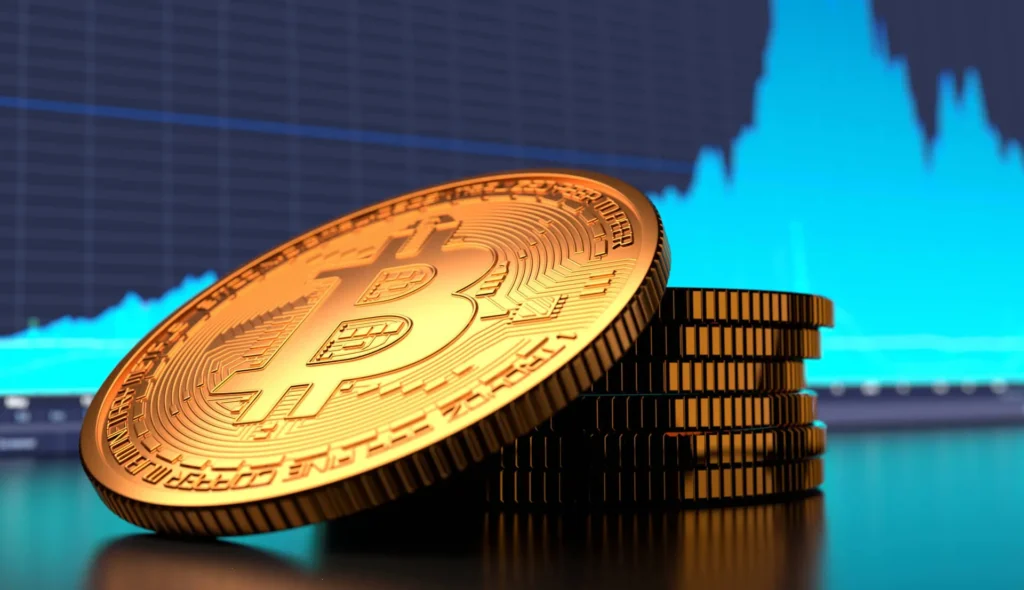In the world of cryptocurrency, the term “whale” gets used a lot. But what does it actually mean? A crypto whale is a person or entity that holds a large amount of a particular cryptocurrency. These holders have enough coins to influence the price of that coin by simply buying or selling. Just like a whale makes waves in the ocean, a crypto whale makes waves in the market.
Whales play a big role in how crypto prices rise or fall. Sometimes their actions create panic. Other times they trigger price rallies. Let’s take a closer look at who these whales are and why they matter so much.
Who Are Crypto Whales?
Crypto whales can be early investors, big institutions, or even exchanges. For example, someone who bought thousands of Bitcoins when the price was very low may now hold millions or even billions of dollars worth of BTC. Some whales are well-known. Others keep their identity hidden.
There are also wallet addresses known to belong to crypto exchanges. These addresses often hold massive amounts of coins used for trading or storing user funds. Although the exchange isn’t a person, that wallet still acts like a whale because of the large balance.
How Whales Move the Market
Whales can move markets in two major ways , by buying or by selling in large amounts. When a whale makes a big purchase, it creates demand, and the price goes up. Other traders notice this and rush to buy too, pushing the price even higher.
But when a whale sells a large number of coins, the opposite happens. It floods the market with supply, the price drops, and panic can spread. People often follow whale behavior, thinking it signals something big.
Even without making a trade, whales can affect the market. If a known whale transfers coins to an exchange, people assume a sell-off is coming. This alone can trigger price changes. Some whales use this to their advantage , moving prices up or down to make profit later.
Whale Tracking
Many traders now track whale activity using tools that monitor blockchain transactions. Since the blockchain is public, you can see when large wallets move coins. Platforms like Whale Alert send updates when big transfers happen.
This has created a kind of “whale watching” in crypto. Traders try to guess what a whale will do next and adjust their strategy. But this can also lead to mistakes, since not every transfer means a big market move is coming.
Risks and Manipulation
Whales have the power to manipulate the market, especially with smaller coins that don’t have much trading volume. A whale can pump the price, get others to buy in, and then sell for profit ,leaving others with losses.
This is one reason why people worry about centralization in crypto. If a few wallets control most of the coins, they can control the market. This goes against the original idea of decentralization, where no one should have too much power.
Conclusion
Crypto whales are a key part of the market. Their actions can drive prices up or down in minutes. Whether they are early investors, institutions, or exchanges, they hold power because of their large holdings. Watching whales can be useful, but it also brings risks. As crypto grows, more eyes are on these giants of the digital ocean ,and how they move the waves.
